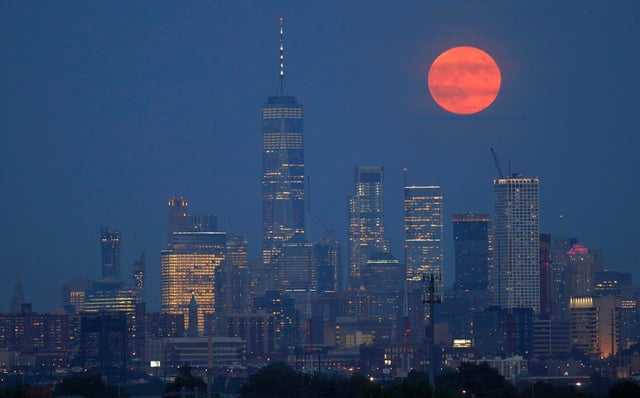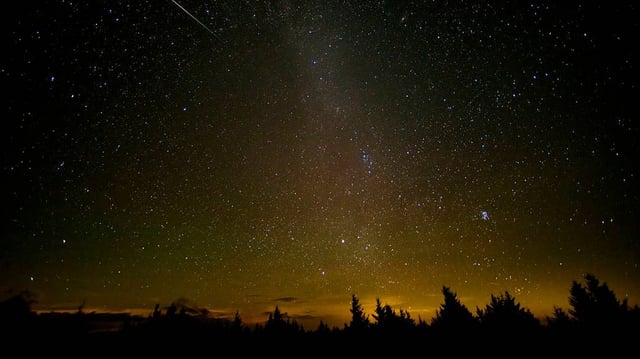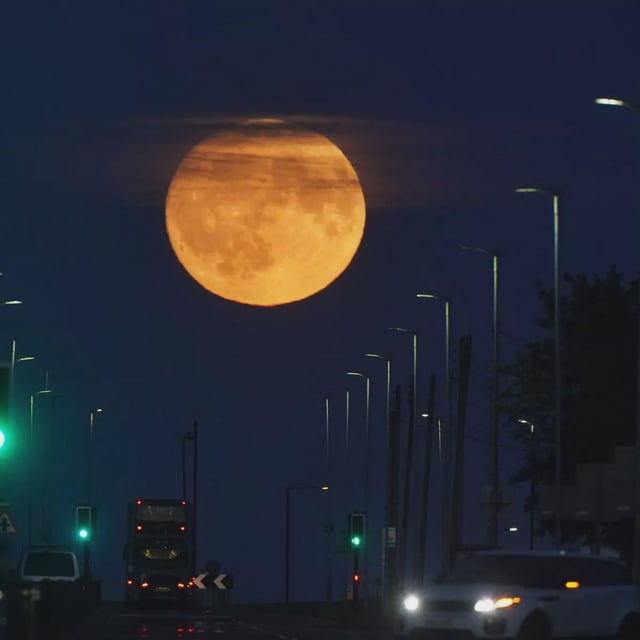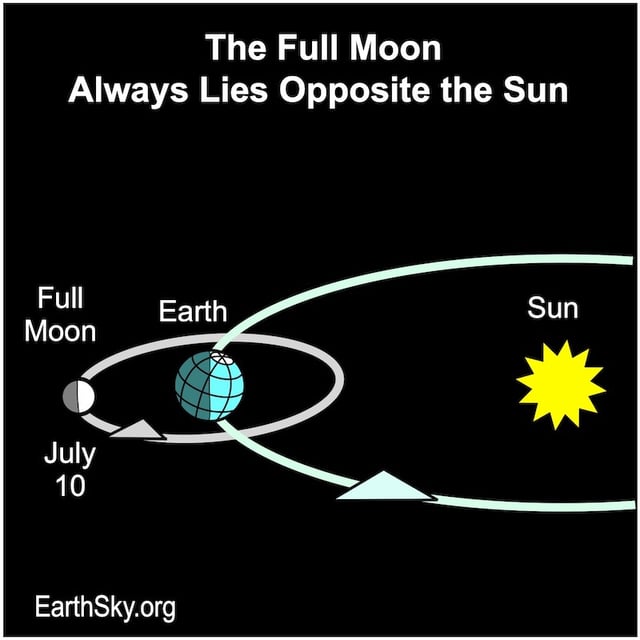Overview
- The Buck Moon will reach peak illumination at 3:37 p.m. Central Daylight Time on July 10, with optimal viewing after its 9:18 p.m. rise over the eastern horizon
- Earth’s aphelion coincides with the full moon, placing it at its greatest distance from the Sun and giving it an unusually low altitude and orange-red hue
- July’s full moon earns its name from the antler growth of male deer and is also called Feather Moulting Moon by the Cree and Salmon Moon by the Tlingit
- On the night of July 10–11, Mars, Saturn and Venus will appear close to the bright moon, offering a rare planetary alignment
- The Perseid meteor shower runs July 14 through September 1 but its waning gibbous phase may restrict visibility to only the brightest meteors



